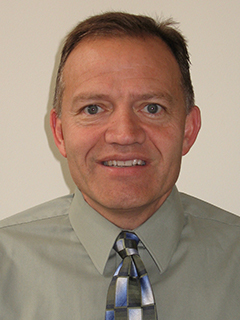Presentations
W9
Nutrient Management
Wed, Dec 15, 2021
9:00am to 9:50am
W2
Nutrient Management
Wed, Dec 15, 2021
2:00pm to 2:50pm
Why is Corn Nitrogen Fertilization Above the Economic Optimal Rate a Bad Idea?
For decades, the gold standard used for how much N fertilizer should be applied to crops has been the economic optimal N rate (EONR). At this fertilization rate the increased return from grain sales equals the increased fertilizer cost (i.e., marginal profit equals zero). For corn especially, many tools have been developed throughout the US Midwest to help farmers determine the EONR for their fields. A comparison of how well these decision tools perform will be reviewed. Recent research has shown that integrating local soil and weather information into the tools can improve their performance. Notwithstanding all the research and outreach on corn N fertilization, farmers often apply N at rates greater than EONR. Uncertain weather is a big driver for adding extra N fertilizer as insurance. But the problem is that for those last pounds of N fertilizer applied to reach EONR, N use efficiency (NUE) as determined by the N removed with the grain is extremely low. And if low at EONR, the problem is worse when insurance N rates are applied. This point will be illustrated and discussed. Long-term, new strategies will be needed to better target N fertilization.
Speaker

Newell Kitchen
Newell R. Kitchen is a Soil Scientist with USDA ARS and Adjunct Professor at the University of Missouri. He received his B.Sc. degree from Brigham Young University, M.Sc degree from University of Missouri, and his Ph.D. (1990) degree in Crop and Soil Sciences from Colorado State University. He served as the 2011 President of the American Society of Agronomy. He has received numerous awards, including the PrecisionAg Award of Excellence and the ASA Werner L. Nelson Award for Diagnosis of Yield-Limiting Factors. Much of his research focuses on quantifying temporal and spatial variability in crops and soils for timely site-specific management. His research is documented in over 140 peer-reviewed journal articles.

